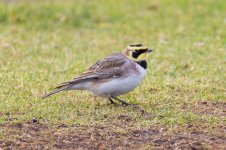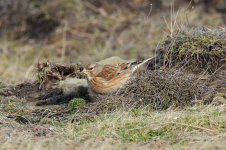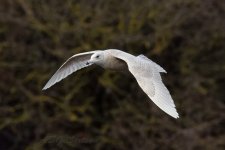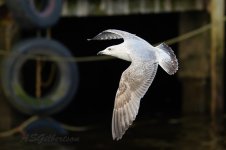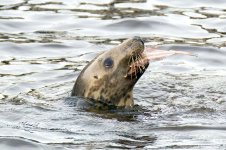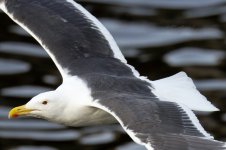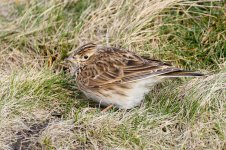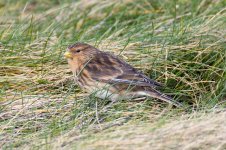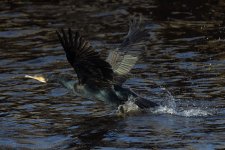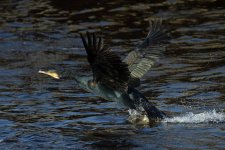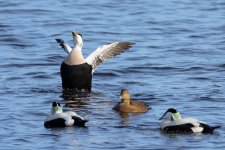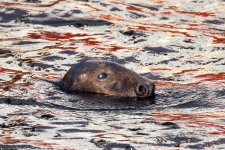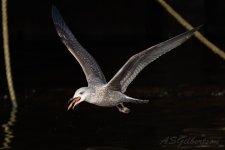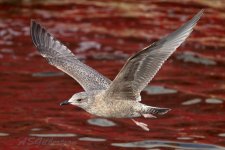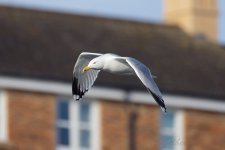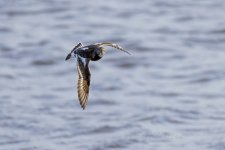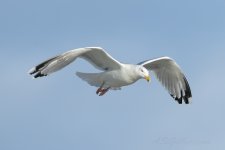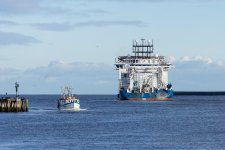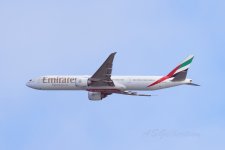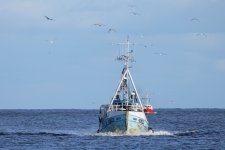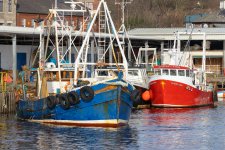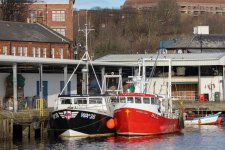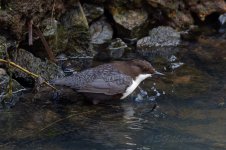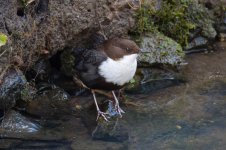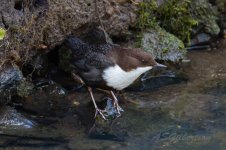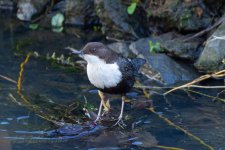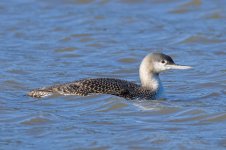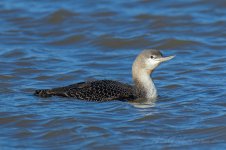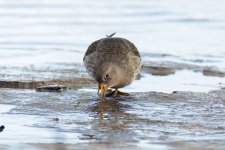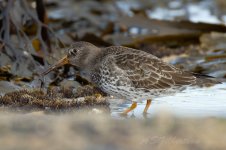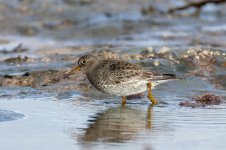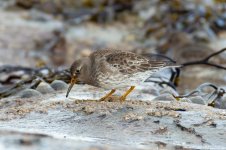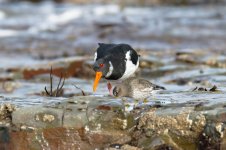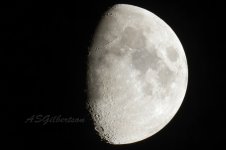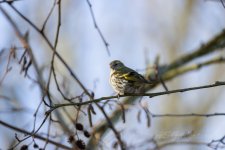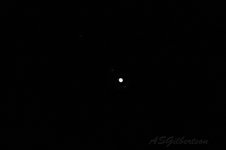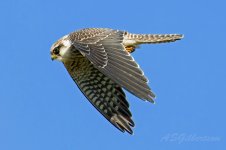Barred Wobbler
Well-known member
My lens arrived yesterday afternoon, too late to give it a run out, but I was out for a couple of hours along the river in poor light this morning to give it a test. The sun was promising to come out, plenty of blue sky where I wasn't, but it was one of those days, where the sun stayed stubbornly behind the edge of a heavy cloud bank.
All shots on my R7, so that crop body was giving the equivalent of 1280mm at full reach.
My first impression of the lens is that it's a little bit bigger than I was anticipating. I knew beforehand that it is bigger than the 100-500, but there's more of it than I'd expected. Saying that, the size difference doesn't translate into weight and it's easy to handle.
It's not the best lens in the world at full extension for tracking flying subjects, especially quick ones, but what 800mm lens, especially on a crop body, would be? It handled many of them well, though. Gulls, mallard, wigeon, oystercatcher and a flying heron were just fine.
The flying Mallard here is a heavy crop, but the Heron shots, the Goosanders, the Turnstone and the second Redshank (group shot) are all completely uncropped. Distance to the herons and the redshank group on the opposite side of the river was about 90m.
It's a keeper.
All shots on my R7, so that crop body was giving the equivalent of 1280mm at full reach.
My first impression of the lens is that it's a little bit bigger than I was anticipating. I knew beforehand that it is bigger than the 100-500, but there's more of it than I'd expected. Saying that, the size difference doesn't translate into weight and it's easy to handle.
It's not the best lens in the world at full extension for tracking flying subjects, especially quick ones, but what 800mm lens, especially on a crop body, would be? It handled many of them well, though. Gulls, mallard, wigeon, oystercatcher and a flying heron were just fine.
The flying Mallard here is a heavy crop, but the Heron shots, the Goosanders, the Turnstone and the second Redshank (group shot) are all completely uncropped. Distance to the herons and the redshank group on the opposite side of the river was about 90m.
It's a keeper.
Attachments
-
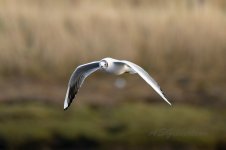 B-H-Gull-(6)-fbook.jpg714.7 KB · Views: 93
B-H-Gull-(6)-fbook.jpg714.7 KB · Views: 93 -
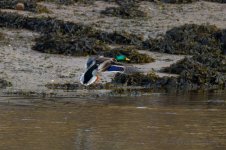 Mallard-(7)-fbook.jpg838.4 KB · Views: 87
Mallard-(7)-fbook.jpg838.4 KB · Views: 87 -
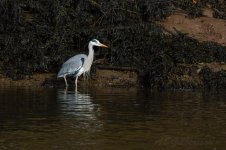 Heron-(37)-fbook.jpg913.9 KB · Views: 84
Heron-(37)-fbook.jpg913.9 KB · Views: 84 -
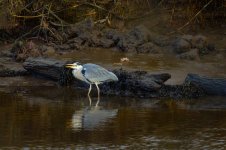 Heron-(5)-fbook.jpg956.9 KB · Views: 86
Heron-(5)-fbook.jpg956.9 KB · Views: 86 -
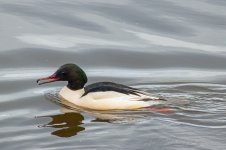 Goosander-(21)-fbook.jpg880.2 KB · Views: 88
Goosander-(21)-fbook.jpg880.2 KB · Views: 88 -
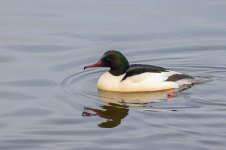 Goosander-(8)-fbook.jpg919.3 KB · Views: 89
Goosander-(8)-fbook.jpg919.3 KB · Views: 89 -
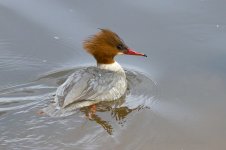 Goosander-(2)-fbook.jpg766.6 KB · Views: 92
Goosander-(2)-fbook.jpg766.6 KB · Views: 92 -
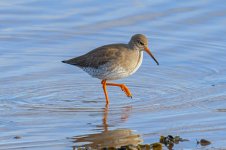 Redshank-(16)-fbook.jpg890.1 KB · Views: 87
Redshank-(16)-fbook.jpg890.1 KB · Views: 87 -
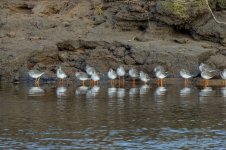 Redshank-(28)-fbook.jpg930.6 KB · Views: 81
Redshank-(28)-fbook.jpg930.6 KB · Views: 81 -
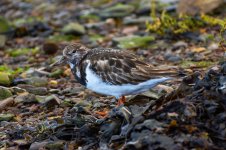 Turnstone-(1)-fbook.jpg930.1 KB · Views: 87
Turnstone-(1)-fbook.jpg930.1 KB · Views: 87





